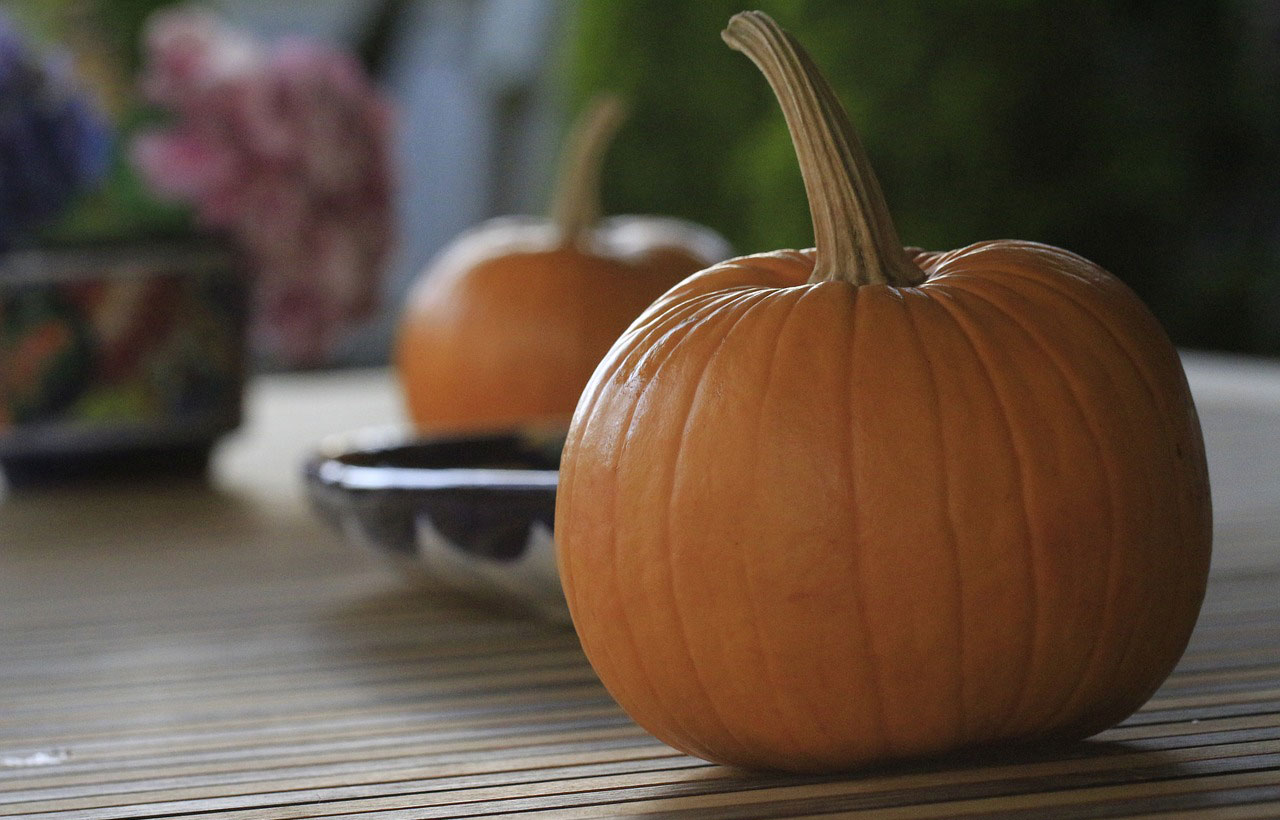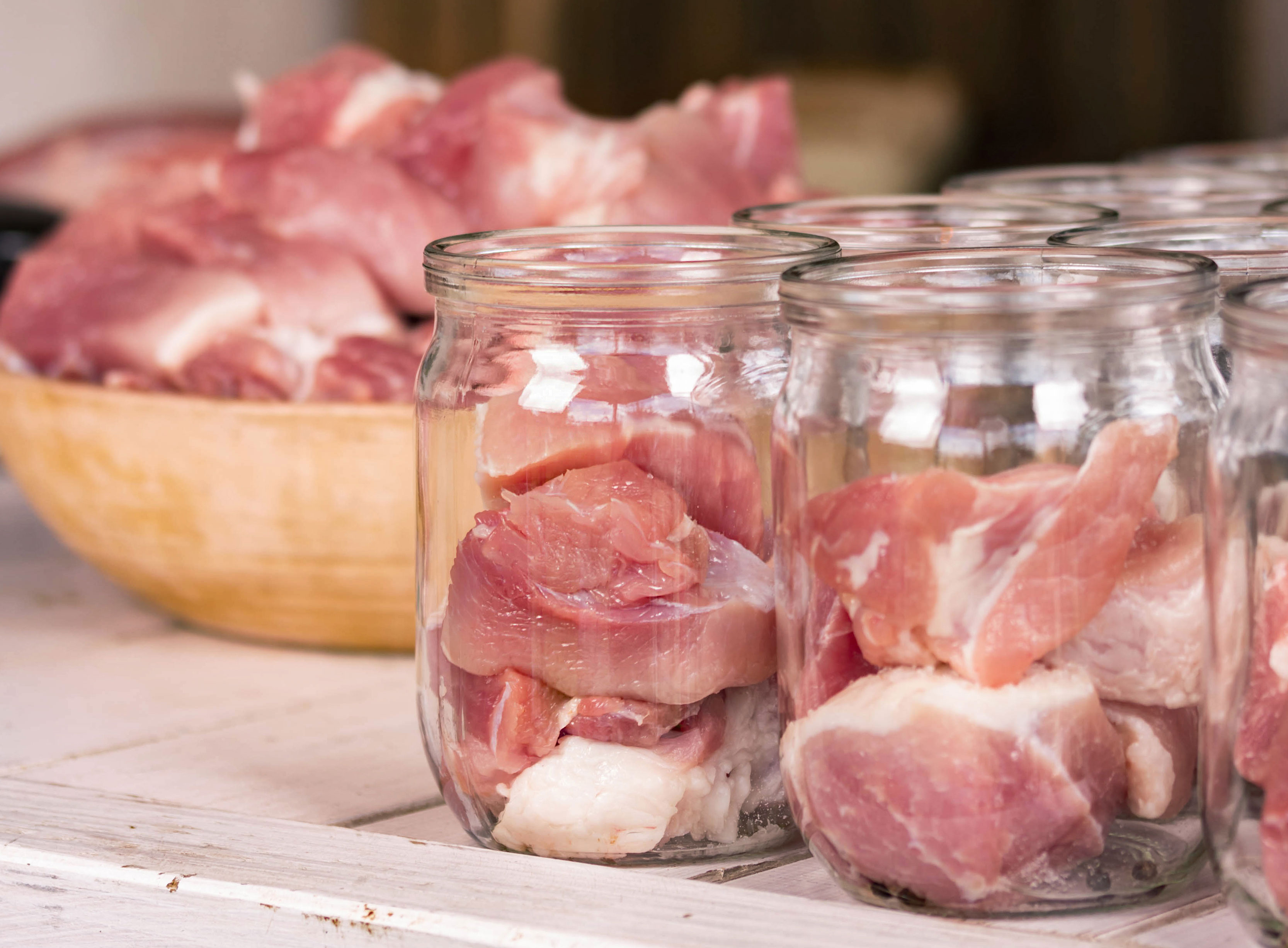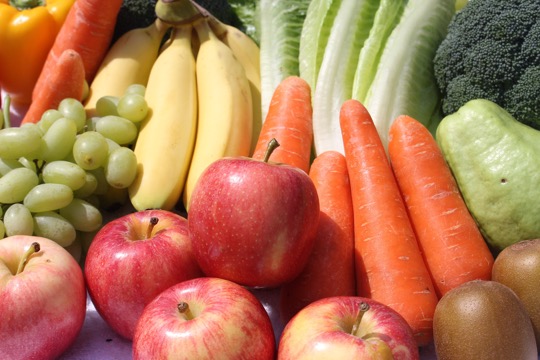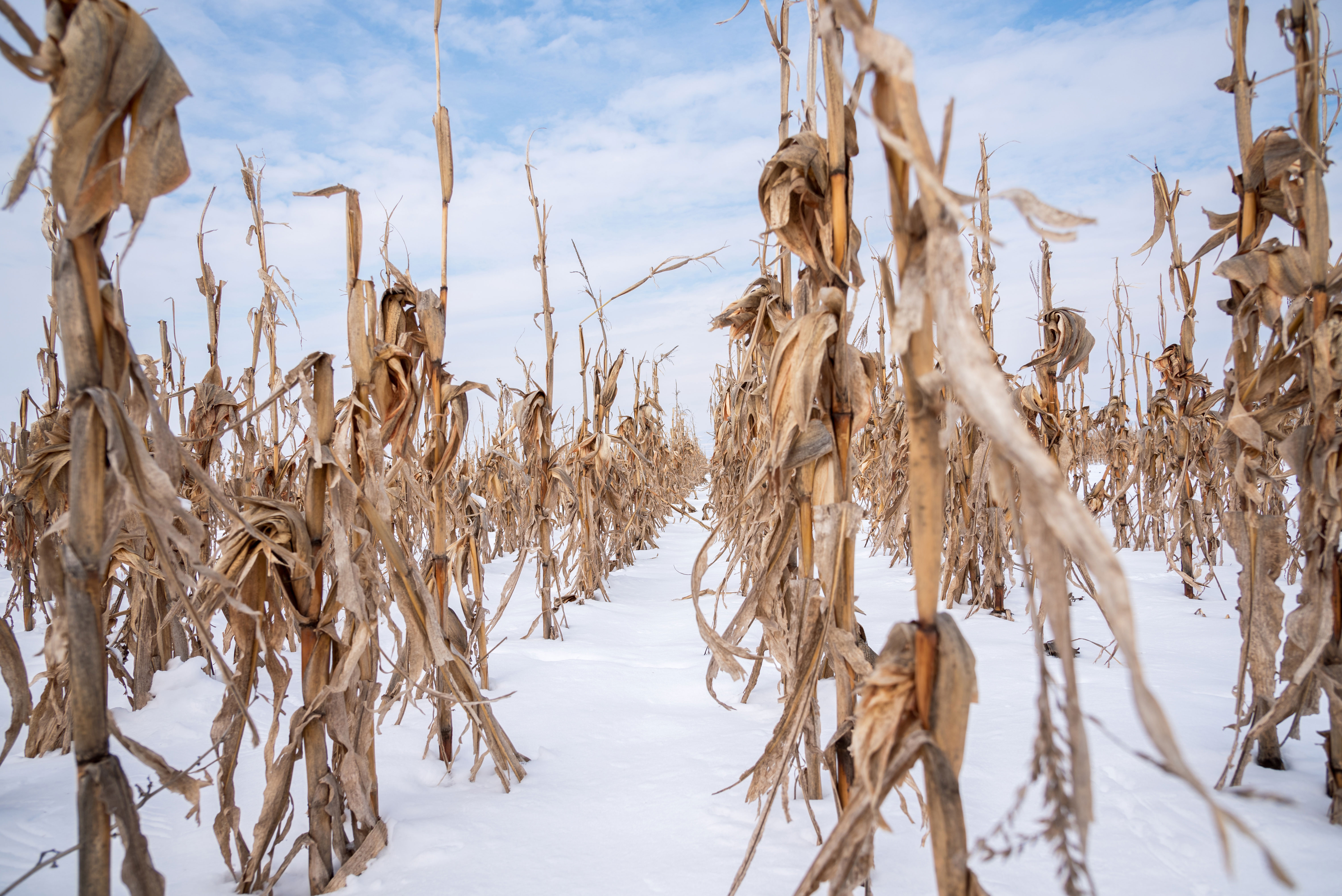Search

Preserving Pumpkin
Pumpkins are a staple for the fall season. They can often be seen used to decorate homes or for carving jack-o'-lanterns, but they’re great to eat or can for later too!

Choosing the Right Custom Feeding Partner
Custom cattle feeding can be a “win-win” strategy when done correctly. Feeding someone else’s cattle provides a method to market feedstuffs without tying up the capital required to own the livestock.

Gluten Free Product Claim Guidance
While “gluten-free” is a voluntary claim that manufacturers may choose to use in the labeling of their foods, FDA’s gluten-free food labeling rule specifies what the claim actually means on a food label.

Canning Meats and Poultry
Canning is a great method to preserve and extend shelf life for many types of foods, including meat products. Using safe preparation and storage practices allows for anyone to store nutritious, high-quality protein.

Canning Fish
Canning is a great method to preserve and extend shelf life for many types of foods, including fish and seafood products. Using safe preparation and storage practices allows for anyone to store nutritious, high-quality protein.

Double Up Bucks Program Launches in Grocery Stores across South Dakota and North Dakota
May 28, 2021
The launch of the Double Up Dakota Bucks in grocery stores is the first of its kind in both North and South Dakota.

How to Choose the Right Adjuvant for the Job
With the rise of herbicide-resistant weeds, the use of an adjuvants is also on the rise and may be necessary to help control resistant weeds.

Weed Control: Noxious Weeds
Noxious Weed Recommendations: Herbicides for pasture, range, and non-crop areas, including roadside and other right-of-way that may be harvested for hay or grazed, are given a priority.

Standing Corn Considerations
The January 2020 South Dakota Crop Progress Report indicated four percent of S.D. corn acres remain in the field. Given the record rainfall of 2019, current snow pack levels and the 3-to-6-month precipitation forecasts, farmers will likely be dealing with a wet spring in 2020, thus making the removal of those acres important but hard to accomplish.

Pre-Plant Disease Management Considerations
If the forecast holds true, it looks like it is going to be another year of excessive soil moisture and possible flooding come this spring. The increased level of soil moisture has implications with regards to plant stand establishment as well as root rot and nematode infestations.